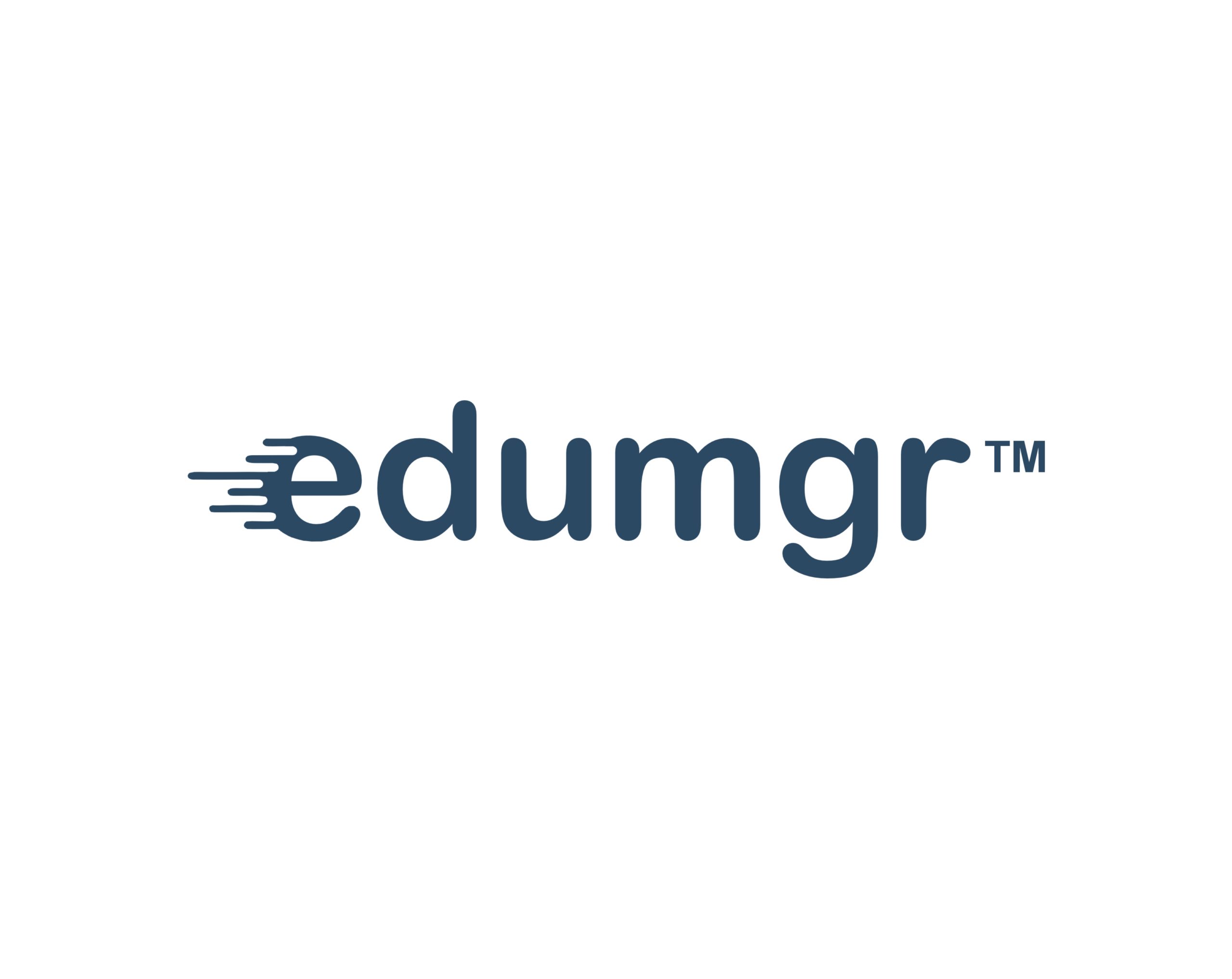Spending on security products and services in the Middle East and Africa (MEA), excluding Israel, will grow 10.3% year on year in 2024 to reach $6.2 billion, according to the latest Worldwide Security Spending Guide from International Data Corporation (IDC). The firm’s newly released forecast indicates that this figure will reach $8.4 billion in 2027, representing a compound annual growth rate (CAGR) of 12.0% over the 2023–2027 forecast period.
RELATED: Study shows IT security leaders lean on external support for threat intelligence
Security software will account for the majority of the overall security spending in the region. The region’s intensifying threat landscape and spike in cybercrime, alongside greater cybersecurity awareness and the need to ensure regulatory compliance, will drive strong demand for software solutions, resulting in software being the fastest growing technology group for the year.
“Across the MEA region, there has been a huge shift away from legacy infrastructure, with organizations increasingly embracing a digital-first mindset, particularly with regard to cloud adoption,” says Yotasha Thaver, a research analyst for software and cybersecurity at IDC.
Adding: “Such initiatives have expanded the threat surface of organizations within the region, leading to a surge in cybercrime such as phishing, DDoS attacks, data leakage, and social engineering. At the same time, cybersecurity awareness has increased considerably, as has the need to ensure regulatory compliance and improve the security posture of organizations. The MEA region is seeing a rapid expansion of cybersecurity initiatives and will therefore see huge growth over the next few years; however, with budget constraints persisting, the cost of security solutions remains a key area of concern.”
From a vertical perspective, the financial services and government sectors will be the MEA region’s biggest spenders on security products and services in 2024, together accounting for nearly a third of the market’s value. They will remain the largest security spenders through 2027. Banks will account for 85.6% of the financial services sector’s total spending on security products and services in 2024, due to the proliferation of targeted attacks and the sensitive nature of their business.
Government organizations in the region are prioritizing cybersecurity. Stricter compliance regulations are being introduced across the region, with major initiatives underway in Saudi Arabia and the UAE. Accordingly, the sector is expected to spend more on services, particularly integration services and managed security services. There will also be significant investments in endpoint security software and network security software across both the government and financial services sectors.
The telecommunications industry, which is heavily focused on endpoint security, network security appliances, and managed security services, will be the third-largest contributor to overall security spending in the region in 2024.
IDC’s Worldwide Security Spending Guide quantifies the global revenue opportunity for both core and next-generation security purchases, with detailed forecast data for security spending by 28 industries across 48 countries. This version (V1 2024) of the Spending Guide incorporates updated estimates for the impact of current global and local trends.


































